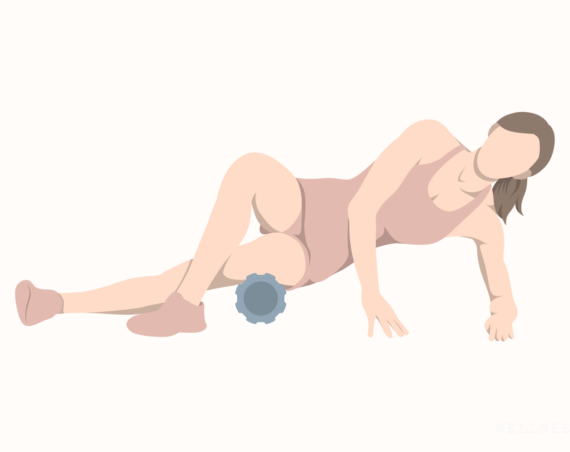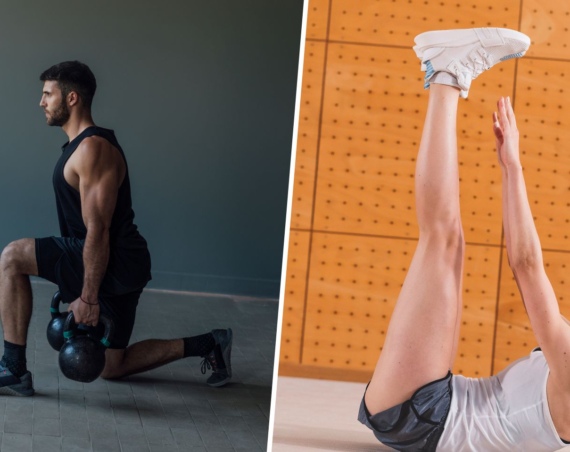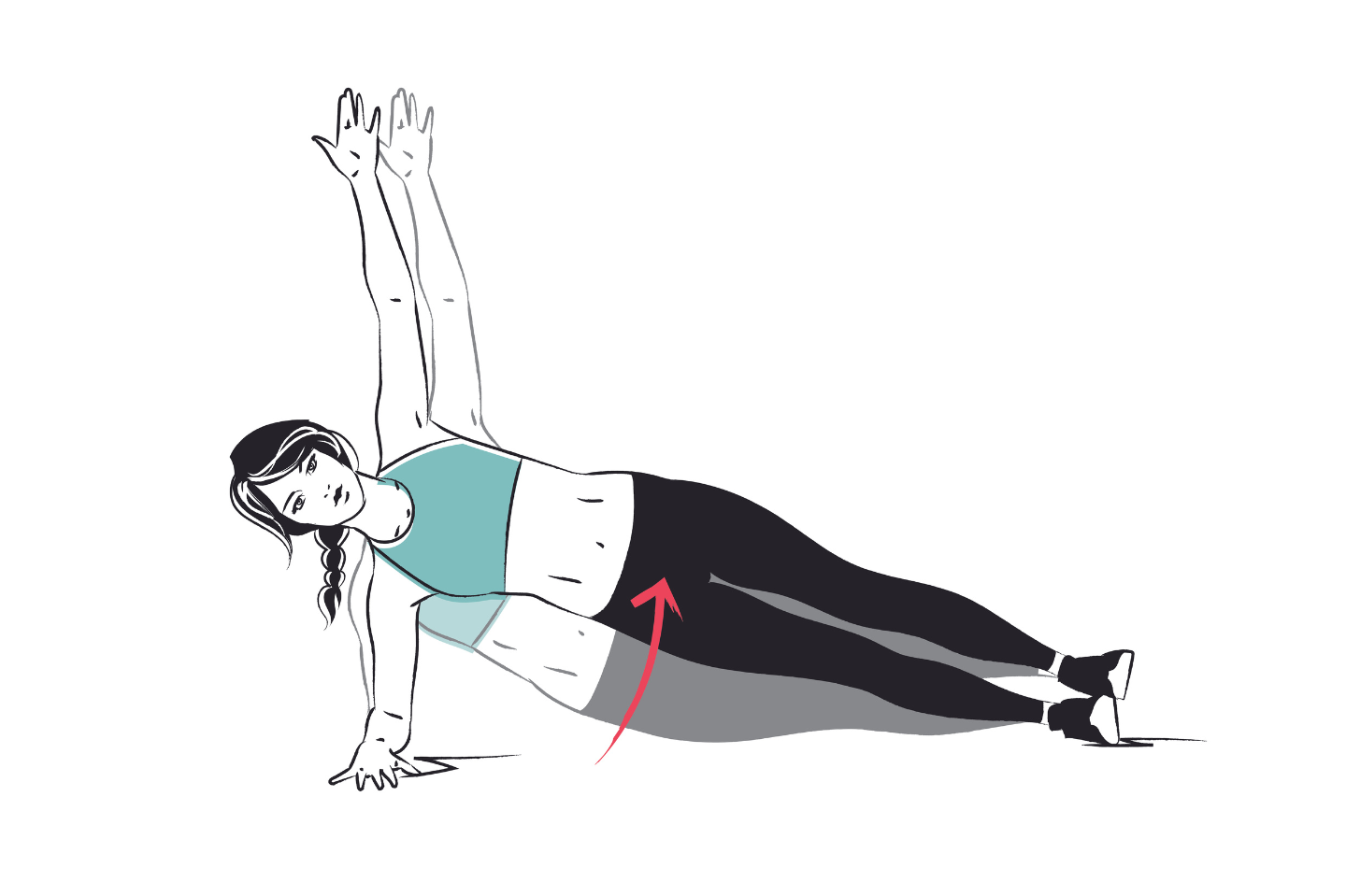
This quick ab workout is your go-to solution for tackling that stubborn hanging belly fat while sculpting and strengthening your core muscles.
If you’ve been focusing on crunches and sit-ups to tone your abs, it’s time to give some extra love to your side abs – the obliques.
While the six-pack abs are often the star of the show, your core comprises five main abdominal muscles, including the crucial side obliques. Ignoring them not only hinders your overall core development but can also lead to the accumulation of pesky-hanging belly fat.
Spot-reducing side belly fat might be a myth, but targeting your side abs can certainly enhance their definition. Plus, these muscles play a crucial role in your daily movements, from rotations to maintaining proper posture and core stability.
The good news is, that training your oblique muscles doesn’t have to be a daunting task. Whether you’re new to oblique exercises or a seasoned pro, this straightforward five-move side abs workout is designed to help you trim that hanging belly fat and tone up those obliques. Consistency is key, and with regular sessions, you’ll be on your way to a stronger, more sculpted core!”
Five-Move Ab Workouts to Lose Side-Hanging Belly Fat
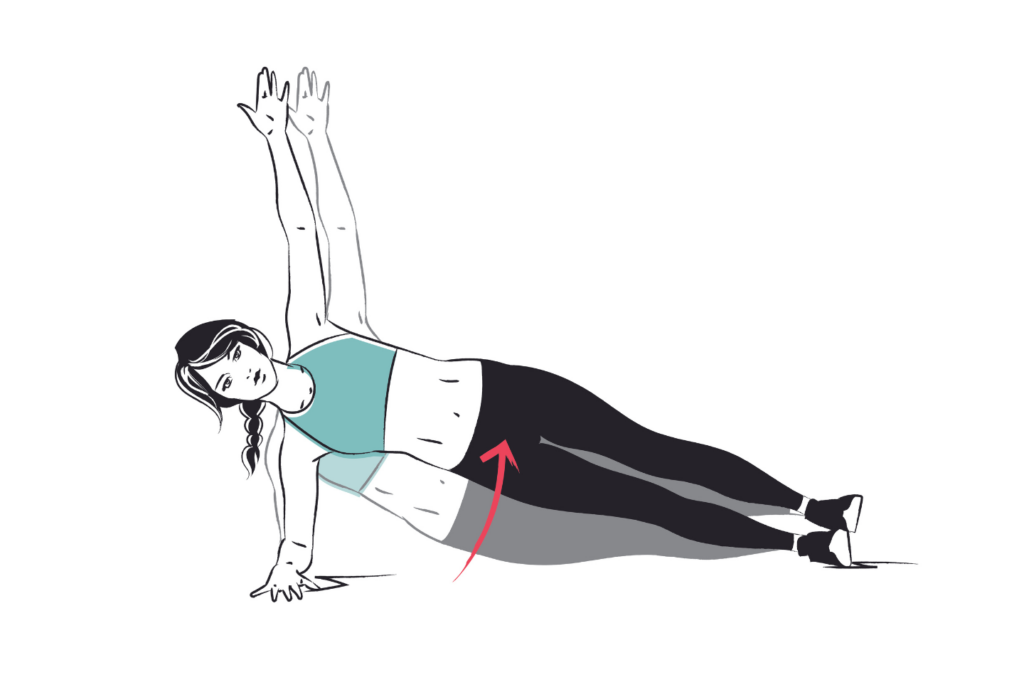
You’ll also like to:
- Science Reveals the Best Ab Exercises To Get a Flat Stomach Fat Fast
- The 5 Most-effective Ab Workouts to Get A Flat Stomach Fast, According to Science
1. Plank
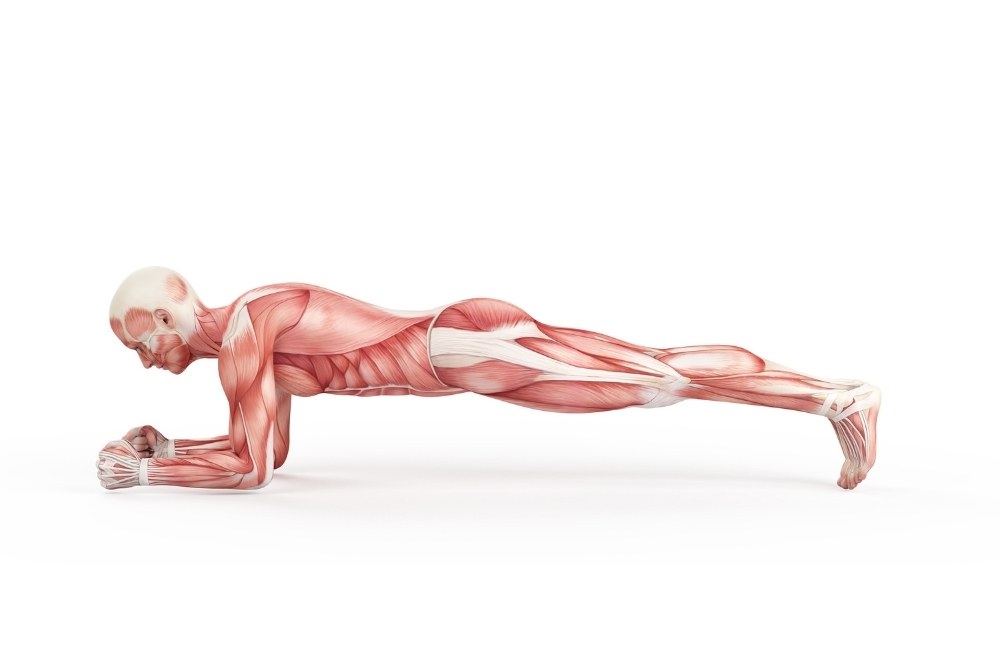
The traditional plank is an exercise that has stood the test of time. This movement has been popular for decades, and for good reason. Planks help to strengthen the abdominals isometrically and can provide a way to gain a significant level of ab strength.
How to Perform:
- Start by lying on your stomach.
- Place your forearms on the ground, with your hands pointed forward.
- Next, tuck your toes underneath you, with your feet roughly hip-width apart.
- Lift your body up so that only your forearms and toes are in contact with the ground.
- Tighten your abdominal muscles and ensure that your back is flat.
- Hold this position for as long as you can without losing form (aim for 30 seconds and 3 sets).
- Generally, losing form with the plank includes allowing the back to sag or “piking” your hips up in the air.
2. Side Plank
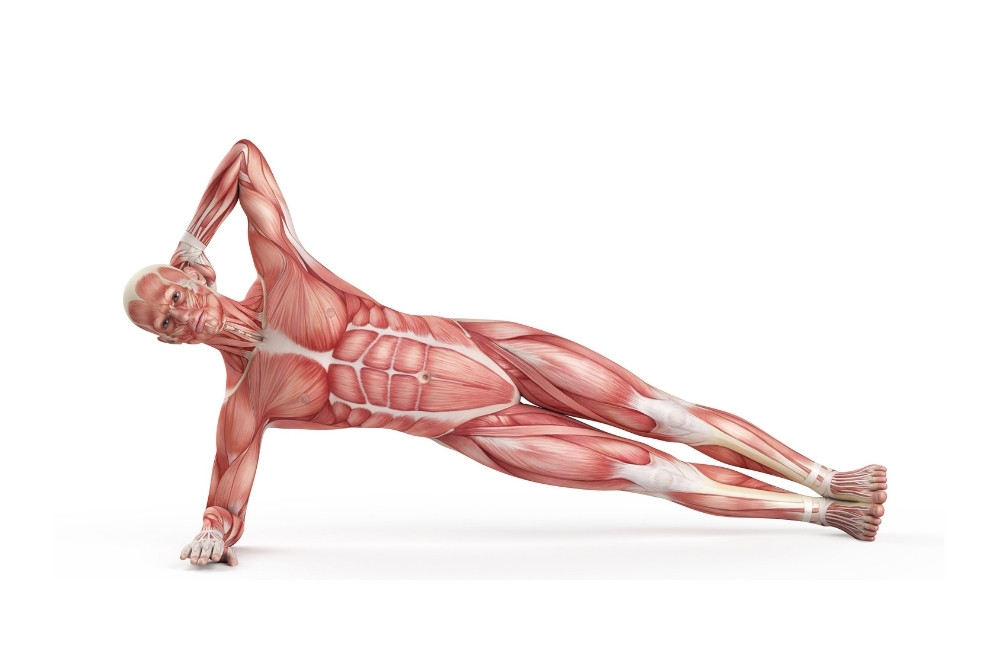
Much like the traditional plank, the side plank helps to build stability through isometric exercise. However, the side plank tends to emphasize the obliques more than the rectus abdominis.
How to Perform:
- Start by lying on your right side, with your right forearm planted flat on the floor.
- Stack your left foot on top of your right foot and raise your hips off of the ground.
- At this point, you should essentially have created a straight line from your head down to your feet.
- Hold this position for as long as you can without losing form (aim for 30 seconds and 3 sets per side).
3. Crunch
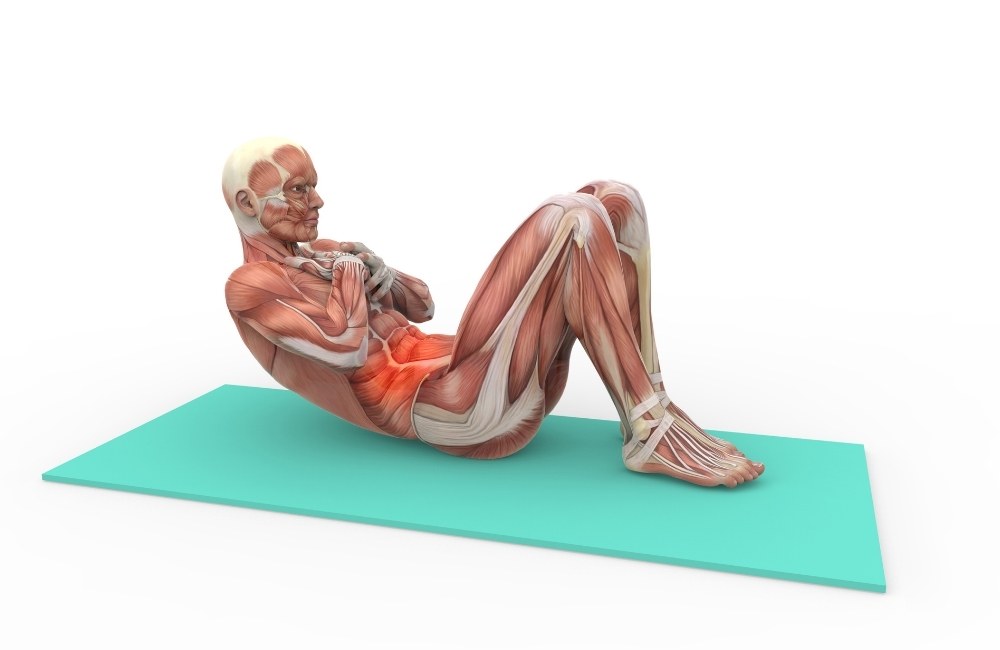
Along with pushups, squats, and pull-ups, crunches have been a calisthenic staple for years. This move is simple, yet effective for improving core strength.
How to Perform:
- Lie on your back with your knees bent and your feet flat on the floor.
- Cross your arms over your chest so that your left hand is on your right shoulder and vice versa.
- Slowly lift your shoulder blades off of the floor, aiming to “bend” your trunk upward.
- Next, slowly return to the starting position to complete the repetition.
- Complete 12-15 reps for 3-5 sets per session.
4. Reverse Crunch
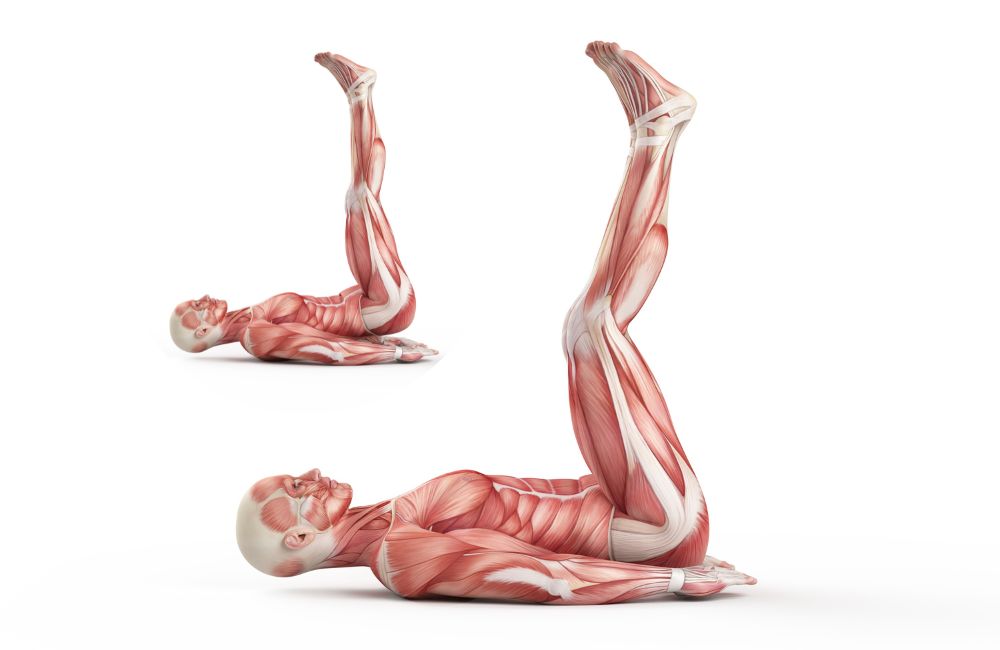
As you may have noticed, many abdominal exercises either involve bending the trunk or lifting the legs to stress the core muscles. The reverse crunch is just as it sounds. It is the opposite of a crunch but with the same goal of strengthening the abs.
How to Perform:
- Lie flat on your back with your knees bent and your feet flat on the floor.
- For some people, it is more comfortable to pad your backside up during this movement with a pillow or with your hands. This is entirely up to you!
- Lift your feet off of the ground while simultaneously bringing your knees toward your chest and lifting your hips up in the air.
- Slowly return to the starting position to complete the rep.
- Repeat this motion for 10-12 reps for 3-5 sets per session.
5. Bear Crawl
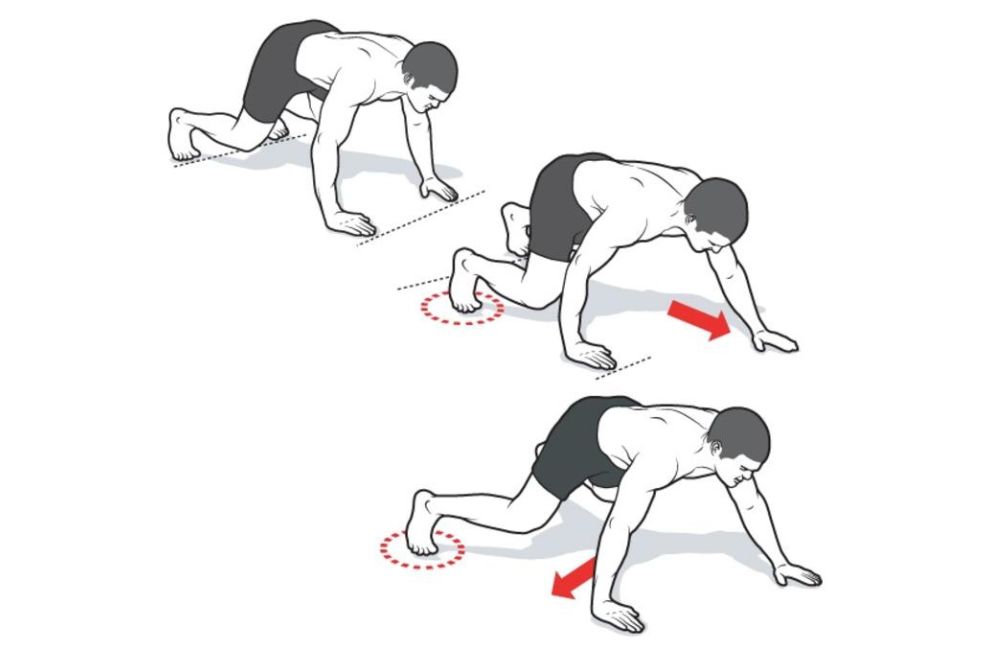
Bear crawls are great for both athletes as well as the average client looking to increase total body strength and coordination. Like many of the movements on this list, bear crawls can be modified in a variety of ways.
In this manner, you can decrease the chances of becoming bored with the movement. Furthermore, varying the bear crawl can also help you to overcome many plateaus that you might reach with bodyweight exercise.
How to Perform:
- Place both hands and feet on the ground, keeping a slight bend in your knees and elbows.
- To complete the movement, simply walk forward for 10-15 feet on all fours by alternating arm and leg movements.
- Aim for 10-12 laps of this distance for 3-5 sets per session.

